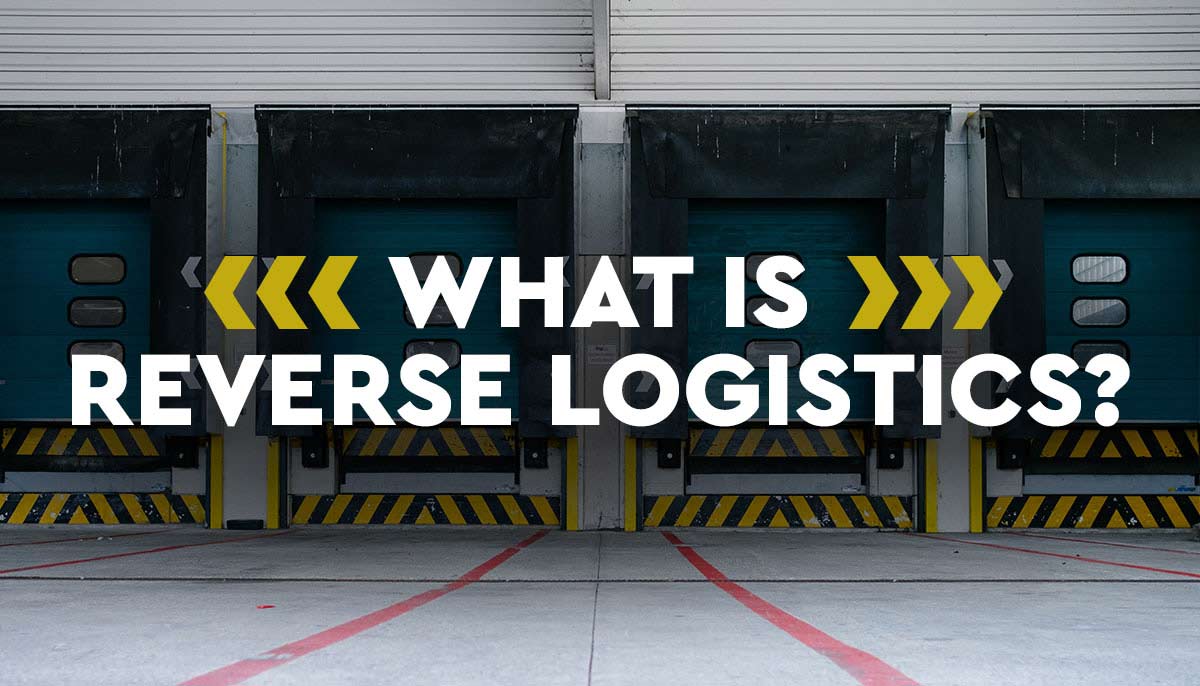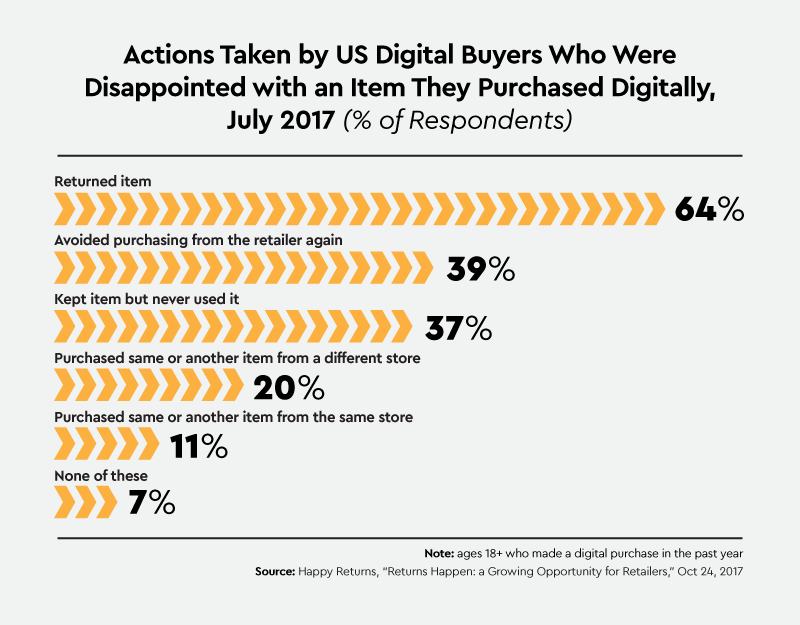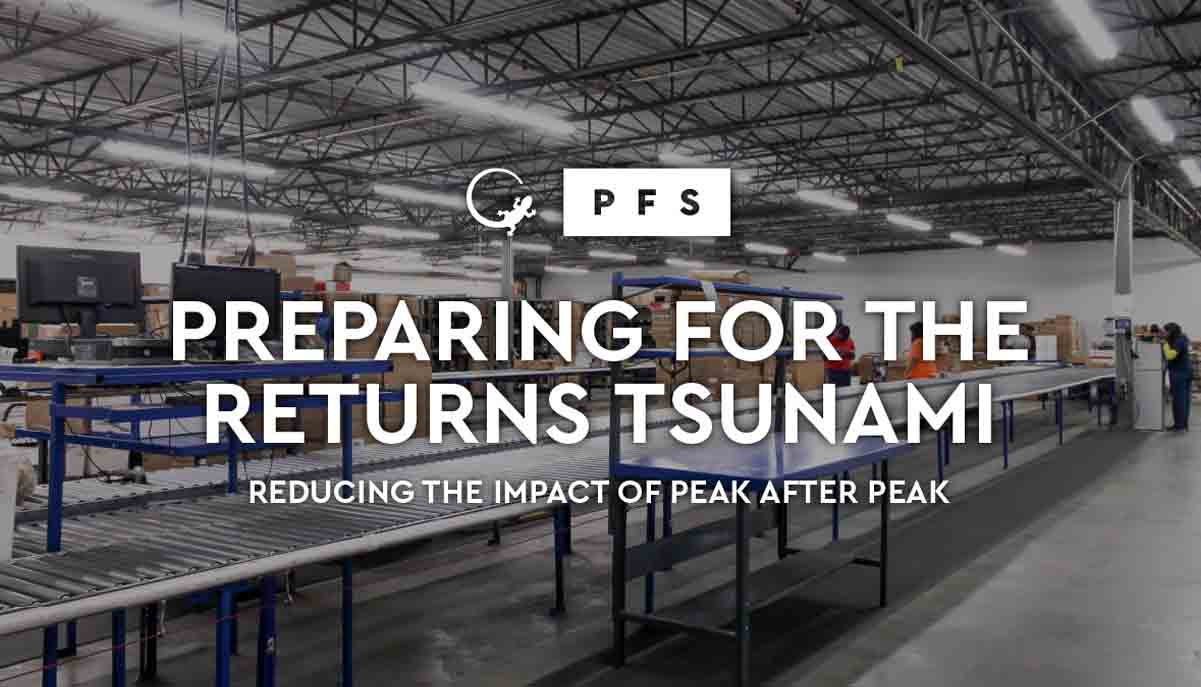
What is Reverse Logistics & Why is it Important?
As described by the Reverse Logistics Association (yes, it’s a big deal), “reverse logistics” refers to all activity associated with a product or service after the point of sale, with the ultimate goal of optimizing aftermarket activities to save money and take less of an environmental toll.
In other words, if a product reaches its final destination – the buyer – and is sent back, reverse logistics is the process of moving goods from that final destination back to the warehouse or shipping center to re-capture its original value or be disposed of properly (think, beauty or food products). It’s important for retailers because it can save a lot of money, and it’s important for the environment because fewer resources are burned.
With free shipping incentivizing online shoppers to buy more and return more, a well-oiled reverse logistics process is a growing necessity for many retailers. Value recovered from returned products and the speed at which they are available for resale, regardless of the channel, can greatly affect retailers’ profitability. And, since building a dependable, cost-efficient reverse logistics process takes time and huge startup costs, more and more retailers are looking to outsource.
Consider this:
Shoppers aren’t shy to return what they don’t like. Even worse, approximately 24% of US digital shoppers have bought items they had not planned to buy in order to qualify for free shipping (Forrester Research). Furthermore, profit loss from poor or no reverse logistics has created a huge headache for retailers, with 71% of respondents in a PwC survey when ranking returns handling from online and store orders as their highest cost of fulfilling orders.
Smooth omnichannel
With roughly 13% of purchases returned in the 2017 holiday season – or approximately $89 billion in lost revenue – reverse logistics also play a heavy hand in omnichannel efforts (National Retail Federation). The best customer experience is one where a customer can make a return with little to no fuss – from the location of their choosing – and receive their processed refund as quickly as possible. In fact, Forrester Research outlines reverse logistics as one of the three omnichannel necessities, next to optimizing your supply chain network and improving inventory availability and visibility.
We know the best reverse logistics solutions reduce revenue loss and maintain low fulfillment costs – but what else should retailers seeking to outsource their logistics look for? What should logistics leaders strive to provide?
- Fast returns processing that minimizes the time an item spends in the return channel
- Systems that maintain an item’s relevancy in the market and maximize its resale availability and value
- Real-time reporting technologies and optimization strategies that reduce internal operating costs and provide visibility into your reverse supply chain
- High recovery and low scrap rates of inventory
- Deep industry experience and prime distribution center locations
Evaluate Your Reverse Logistics
If you need assistance creating and executing a reverse logistics strategy or would like to learn more, consider talking with a commerce expert to address this challenge. Multiple variables factor into a successful reverse logistics strategy, and can augment your business’ ability to sell and save:
- Planning and fulfillment tools that cut costs
- Quick package and product processing technologies
- Real-time product visibility and full unit lifecycle tracking for key metrics and trends

